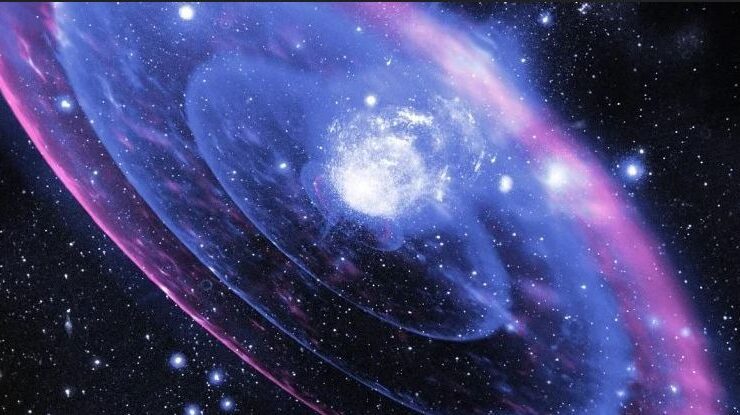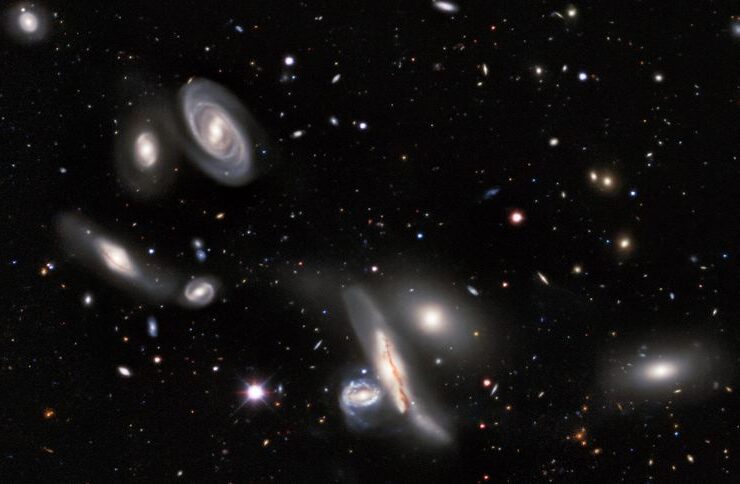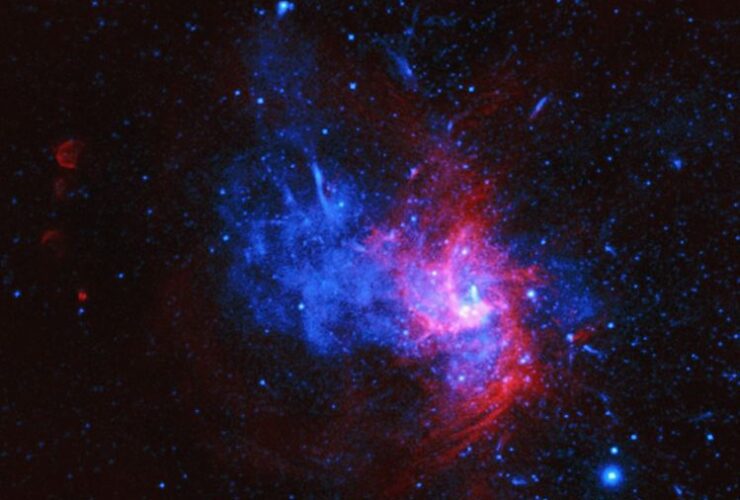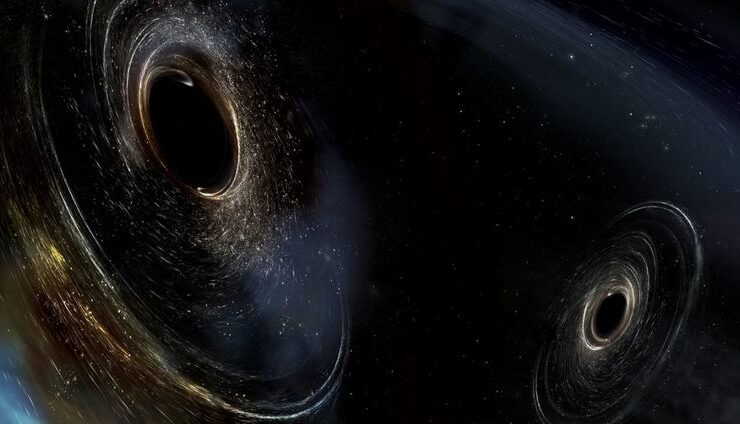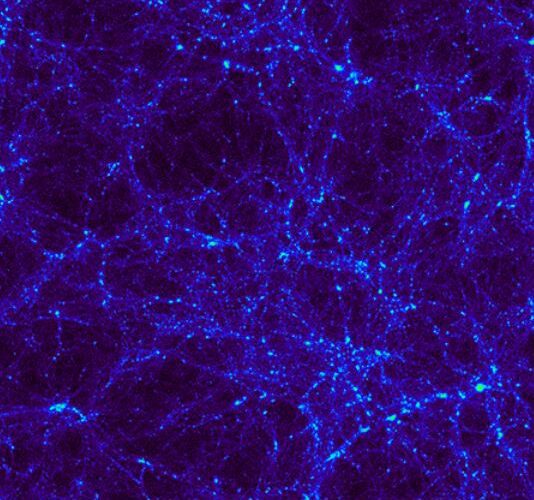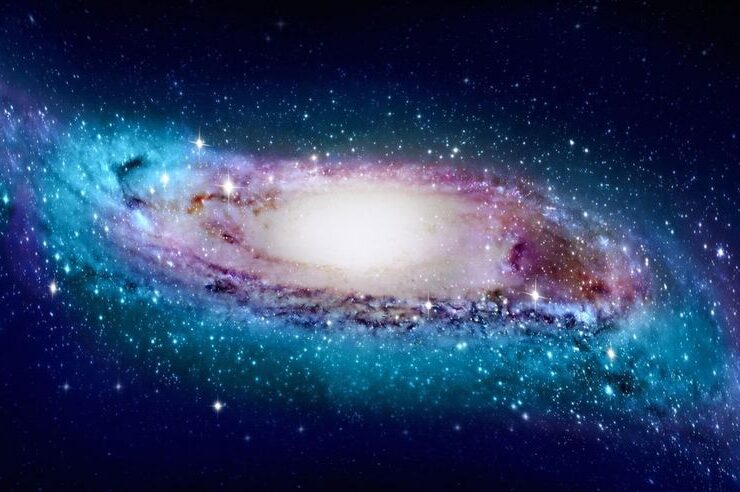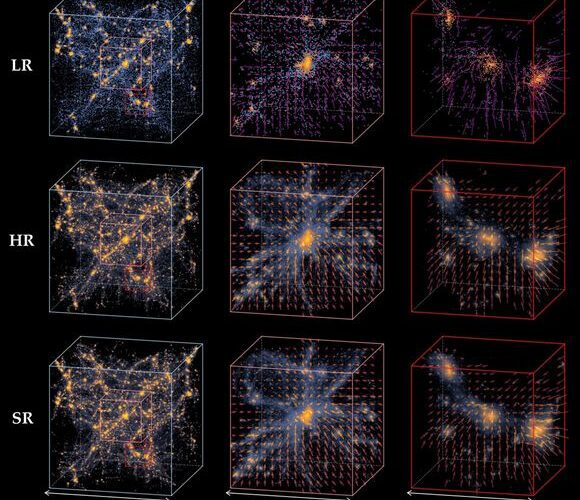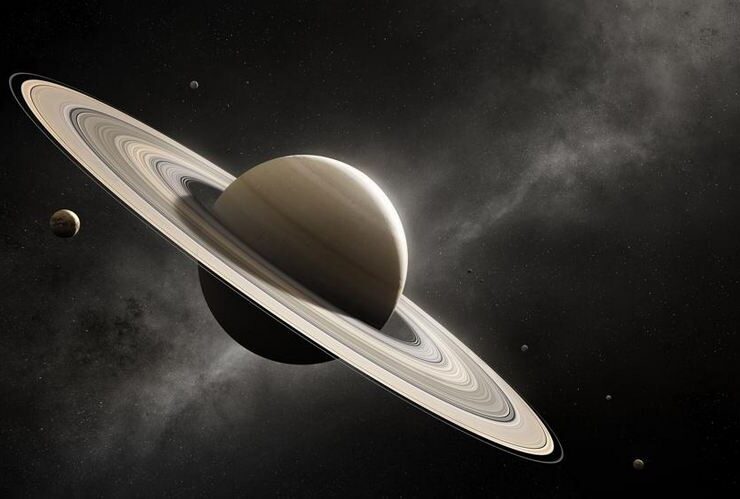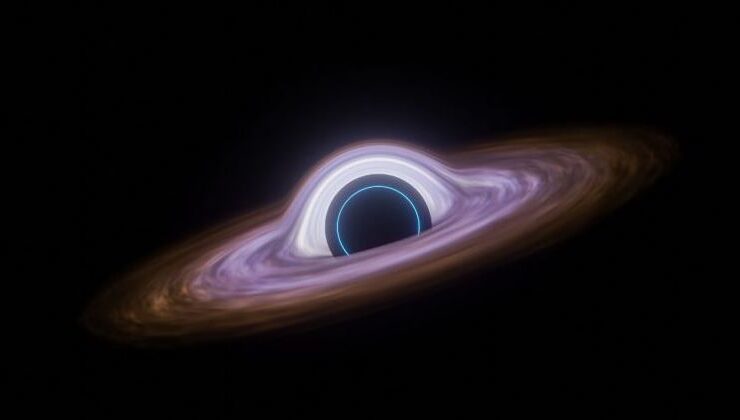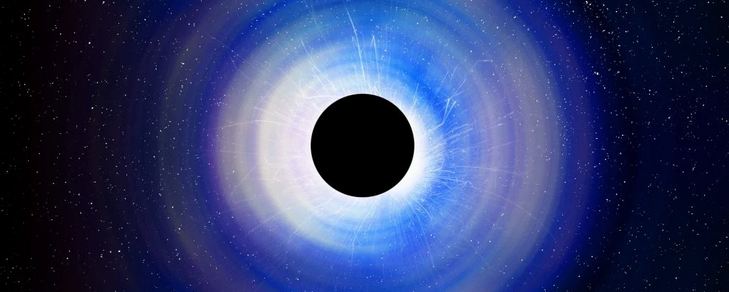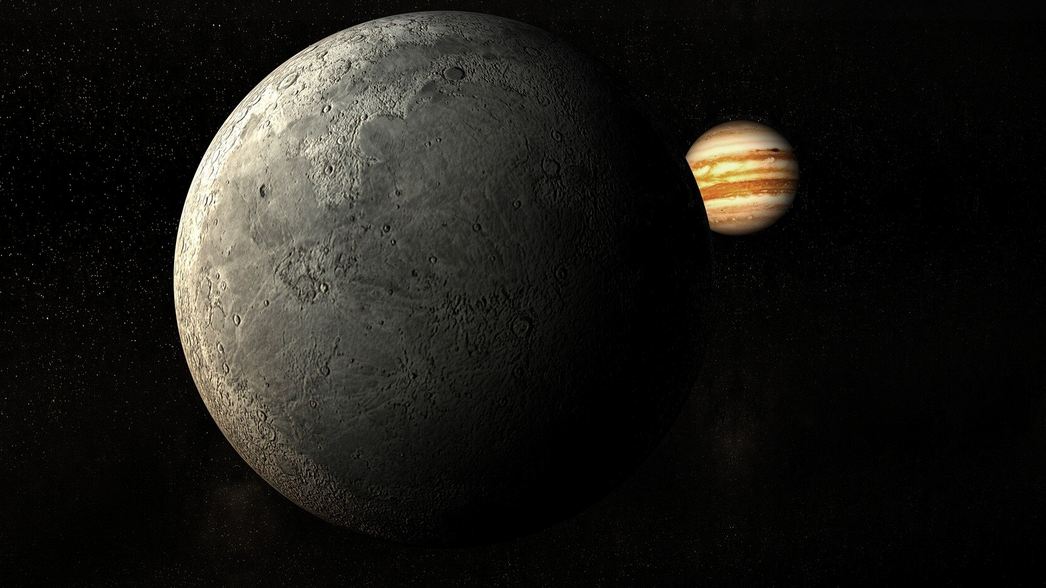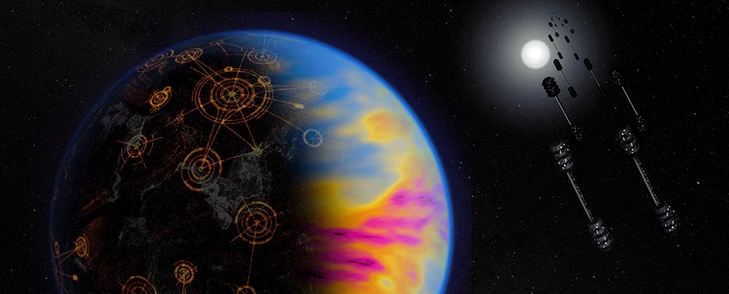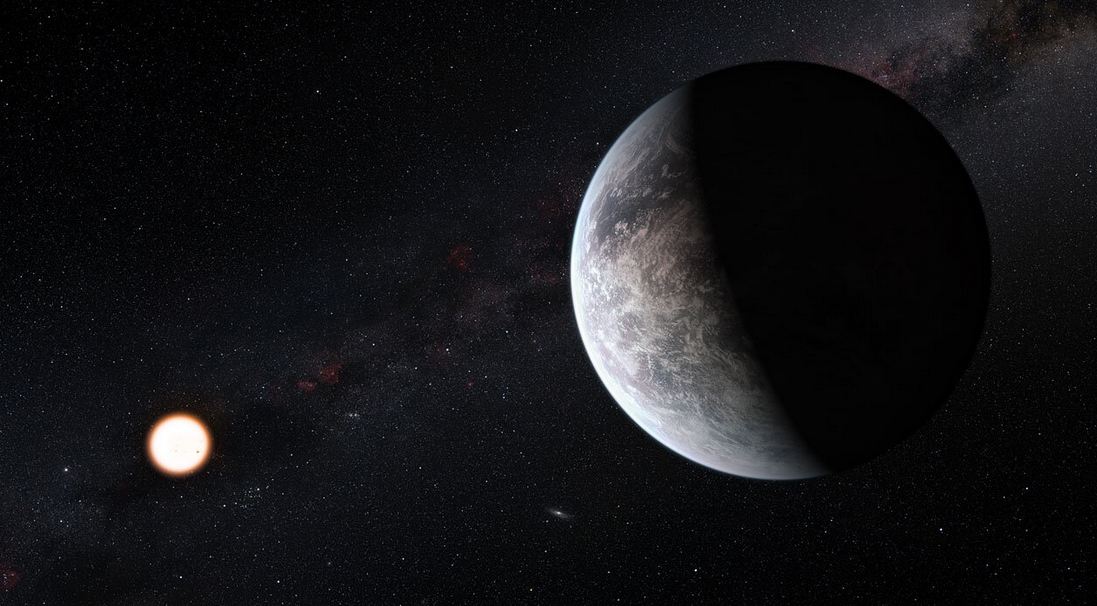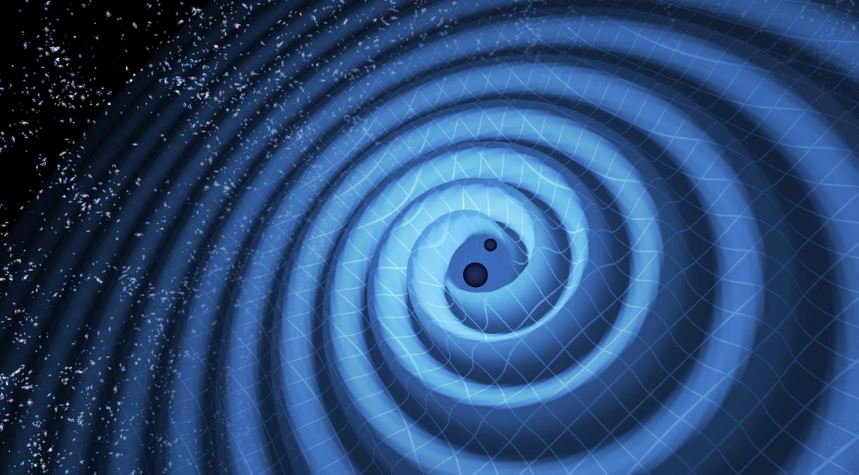New space discovery leaves astronomers in awe, but it’s not the first of its kind. A new gamma-ray burst has been detected, and it’s considered the shortest ever found in association with a collapsar. Astronomers dubbed it GRB 200826A, and ...
Scientists found gravitational waves for the first time back in 2015, and since then the scientific field was never the same. LIGO (Laser Interferometer Gravitational-Wave Observatory) is an advanced laser that helped scientists capture such gravitational waves and confirm one ...
The Universe’s chaos sometimes unfolds right in front of our eyes, unveiling some of the most incredible cosmic features ever seen. And astronomers don’t miss any chance to capture them. Recent discovery is no exception at all, and now we ...
As the Universe unfolds right before our eyes, we could only be fascinated by its beauty or intrigued by its peculiarity. Recent discovery gets right to the odd category of, ‘what’s actually this thing’? Astronomers detected something strange near Milky ...
Black holes are usually resting at the core of almost every sufficiently large galaxy. So these cosmic features have their way with the galaxies, affecting only a small part around the galaxy’s centre. But how’s that really happening? Some predictions ...
Dark matter is one of the most intriguing subjects in the Universe, even if it has puzzled scientists’ work for decades. However, as complicated as dark matter seems to be, that doesn’t mean we can’t use it to explore the ...
Our galaxy is a spiral galaxy that comprises a disc of stars, dust, and gas, and its spiral arms are delimited. Initially, scientists believed that the disc was just flat. Later on, they figured out something else. Apparently, the Milky ...
We just love some good, intriguing Universe simulations, right? Well, how about simulating the grand Universe 1000 times faster? A team of bold scientists from the Flatiron Institute have come up with a method to simulate the Universe 1000 times ...
New insights on how high-mass stars are formed came from a bold Dutch-led team of astronomers. Their work is astonishing, and they succeeded in finding that one of the biggest stars in the Universe are actually created differently from the ...
Ever wondered what does it look like inside a planet? How about Saturn’s interior? Recent work of Johns Hopkins University offers now a sneak peek inside Saturn, and things are as great as you can imagine. The intriguing glimpse of ...
Earth has now quite the sneaky neighbour, and astronomers have all the details. A tiny black hole, approximately 1,500 light-years from Earth, in the Monoceros constellation, it’s excitingly close by. As per astronomers’ calculations, we have nothing to worry about, ...
There are still many mysteries that Milky Way challenges us to discover and solve. One of them includes some odd yet fascinating stellar streams, some river-like structures made up of stars. These cosmic features puzzle astronomers’ work, especially when it ...
Neutron stars and black holes might be one of the deadliest squads we’ve ever seen. Small black holes could exist in the core of neutron stars with only one mission: devour the host. Astronomers have chosen recently a different approach, ...
Planet 9 has stirred quite the buzz back in 2016. Astronomers discovered it just at the far edges of our solar system, beyond Neptune. Recently, researchers have found no proof of trans-Neptunian cosmic feature clustering as part of an attempt ...
As the Universe unfolds itself in front of space telescopes’ eyes, we know that we’ll never understand it nor explore it thoroughly. It’s an enormous place, home of many cosmic features, galaxies, planets, and other worlds yet to be discovered. ...
Our solar system is home to one of the most intriguing cosmic features. It offers shelter to even super-Earths and mini-Neptunes, which are up to four times the size of our planet! These super-Earths, however, are not that friendly, and ...
Recently, physicists have begun work at improving the gravitational wave detectors. Their goal is to double the next-gen detectors’ sensitivity by enabling a technique dubbed “squeezing.” The gravitational waves are known for their weak signal, and the detectors, like VIRGO ...

